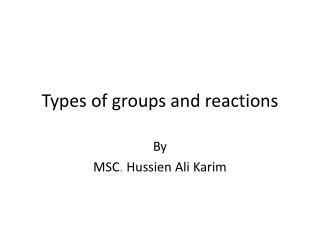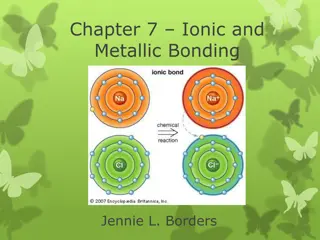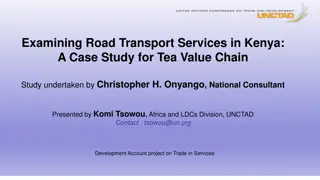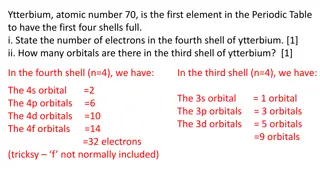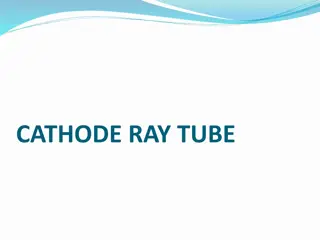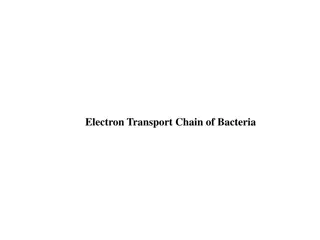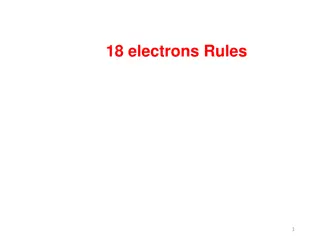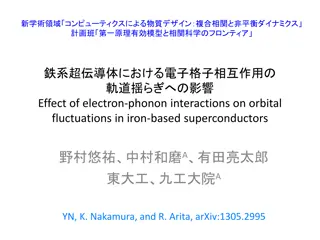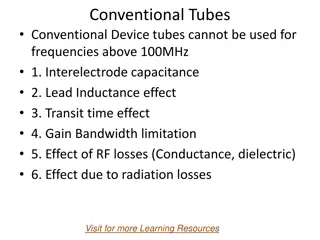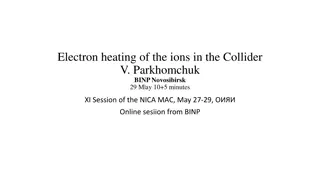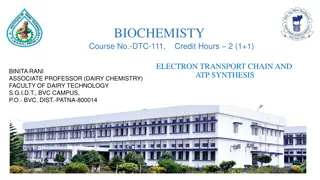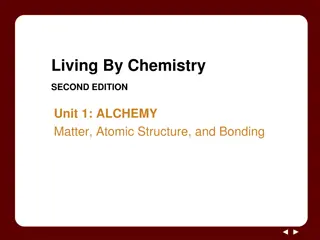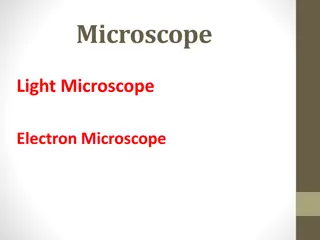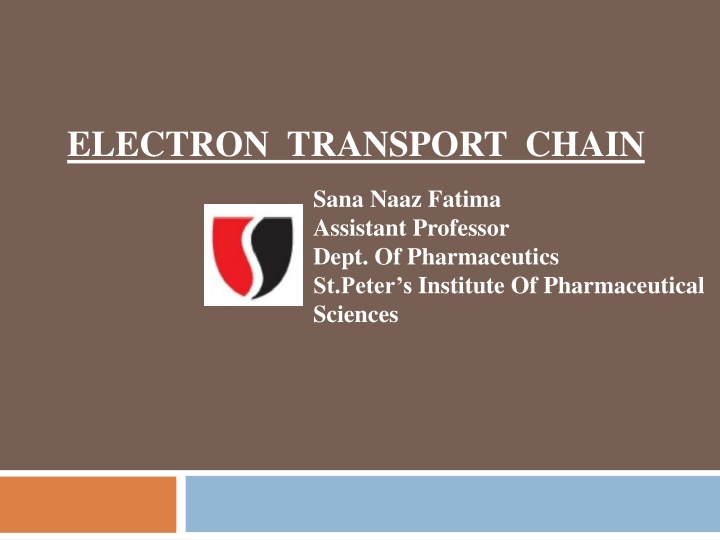
Understanding the Electron Transport Chain in Cellular Metabolism
Explore the electron transport chain process in cellular metabolism, where energy-rich molecules are oxidized to produce CO2 and water. Learn about the location, mechanism, and inhibitors of the ETC in the inner mitochondrial membrane.
Download Presentation

Please find below an Image/Link to download the presentation.
The content on the website is provided AS IS for your information and personal use only. It may not be sold, licensed, or shared on other websites without obtaining consent from the author. If you encounter any issues during the download, it is possible that the publisher has removed the file from their server.
You are allowed to download the files provided on this website for personal or commercial use, subject to the condition that they are used lawfully. All files are the property of their respective owners.
The content on the website is provided AS IS for your information and personal use only. It may not be sold, licensed, or shared on other websites without obtaining consent from the author.
E N D
Presentation Transcript
ELECTRON TRANSPORT CHAIN Sana Naaz Fatima Assistant Professor Dept. Of Pharmaceutics St.Peter s Institute Of Pharmaceutical Sciences
Electron transport chain: Energy-rich molecules, such as glucose, are metabolized by a series of oxidation reactions and yield CO2 and water. The metabolic intermediates of these reactions donate electrons to specific coenzymes, nicotinamide adenine dinucleotide (NAD+) and flavin adenine dinucleotide (FAD), to form the energy-rich reduced forms, NADH and FADH2. These reduced coenzymes donate a pair of electrons to a specialized set of electron carriers, collectively called the electron transport chain
Location of Electron transport chain: The ETC is located in the inner mitochondrial membrane.
Mechanism of Electron transport chain: The inner mitochondrial membrane have 5 enzyme complexes- complex I, II, II , IV and V. The complexes I- IV are carriers of electrons while complex V is responsible for ATP synthesis.
Inhibitors of Electron transport chain: NADH and coenzyme Q : Fish poison rotenone, barbituate drug Amytal and antibiotic piercidin A inhibit this site. Between cytochrome b and c1 : Antimycin A -an antibiotic, British antilewisite (BAL)-an antidote. Inhibitors of cytochrome oxidase: Carbon monoxide, cyanide, hydrogen sulphide and azide effectively inhibit cytochrome oxidase.

